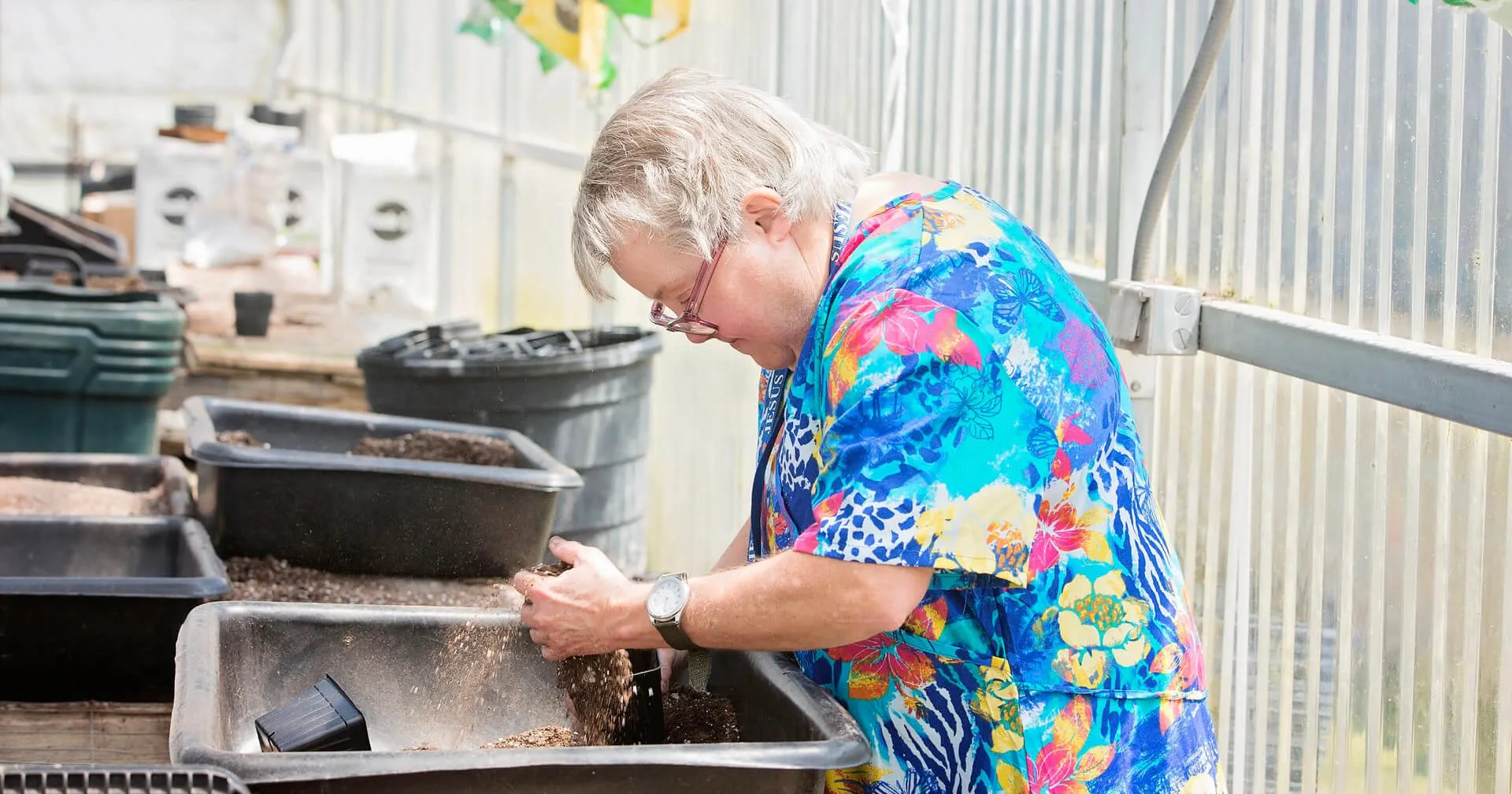IDD Policy in Georgia – Quick Read
Intellectual and Developmental Disability (IDD) care is a critical issue in the United States. When it comes to IDD policy in Georgia, there are several policies and programs that aim to improve the quality of care for individuals with IDD. These policies and programs are designed to provide individuals with the necessary support to achieve their full potential and to lead fulfilling lives.
One of the most significant laws affecting the IDD community in Georgia is the federal Developmental Disabilities Assistance and Bill of Rights Act (DD Act). This law provides funding for programs and services that help people with IDD and their families. The DD Act aims to ensure that individuals with IDD have access to appropriate and effective services, that their rights are protected, and that they are able to live full and meaningful lives within their communities.
In Georgia, this law is the driving force behind the many IDD programs and institutions that provide support to individuals with IDD. The Georgia Department of Behavioral Health and Developmental Disabilities (DBHDD) provides a range of services, including residential services, day programs, employment support, and behavioral health services. The Georgia Council on Developmental Disabilities (GCDD) is another important organization that works to promote the independence and inclusion of people with IDD in Georgia.
One of the most significant challenges facing intellectually and developmentally disabled persons in Georgia is the lack of access to healthcare services. The state has one of the highest rates of uninsured residents in the country, and this lack of access to healthcare can be particularly challenging for individuals with IDD. The Affordable Care Act (ACA) has helped to improve access to healthcare for many Georgians, including those with IDD, but there is still work to be done to ensure that everyone has access to the care they need.
Ask How TMP Helps IDD Providers in Georgia
Another challenge facing individuals with IDD in Georgia is the lack of access to education and employment opportunities. Many people with IDD face significant barriers to obtaining equitable education and employment resources, which can make it difficult for them to realize their full potential. The state has several programs and initiatives aimed at addressing these barriers, including vocational rehabilitation services and special education programs.
Additionally, it is essential to recognize that the IDD community is a diverse group of people with unique needs and experiences. It is important for policies and programs to take into account this diversity and to ensure that individuals receive the support and services they need to achieve their full potential. This may include providing specialized services for individuals with specific needs or working to ensure that services are accessible to people with different cultural backgrounds or language needs.
Recent improvements to IDD policy in Georgia have made significant strides in upgrading the quality of care for individuals with IDD. Through policies such as the DD Act and programs provided by organizations like Georgia’s DBHDD and GCDD, individuals with IDD have access to a range of services and support. However, there is still work to be done to improve access to healthcare, education, and employment opportunities for individuals with IDD. By continuing to prioritize the needs of this vulnerable population, Georgia can ensure that everyone has the support they need to live full and meaningful lives.




